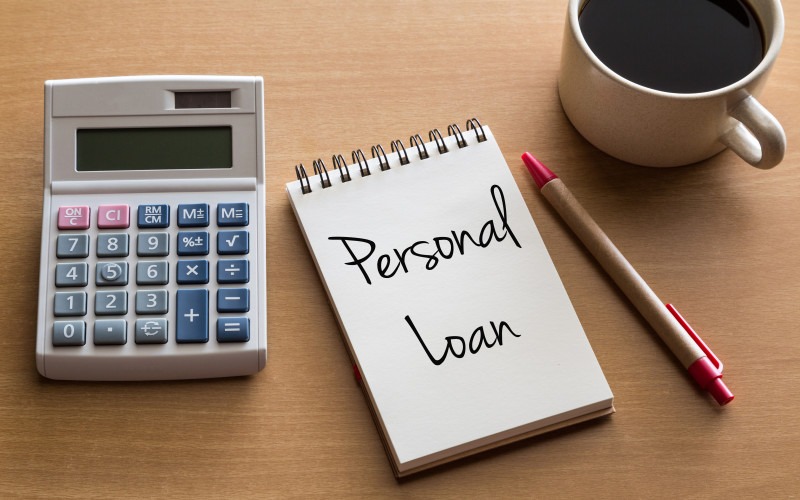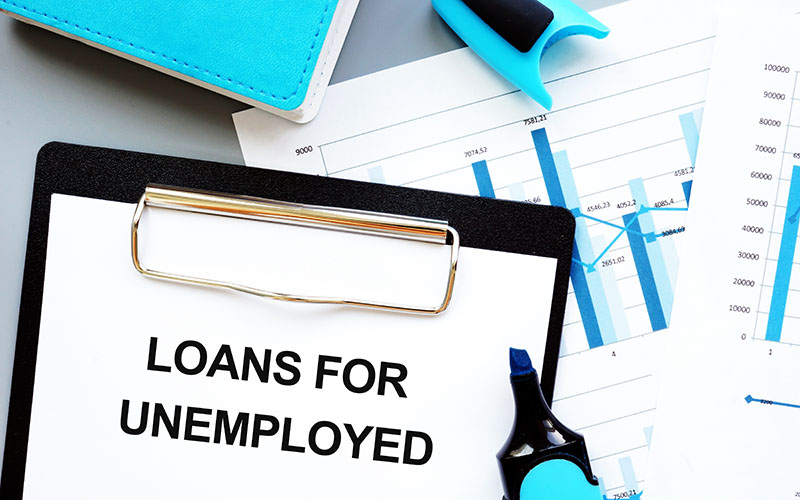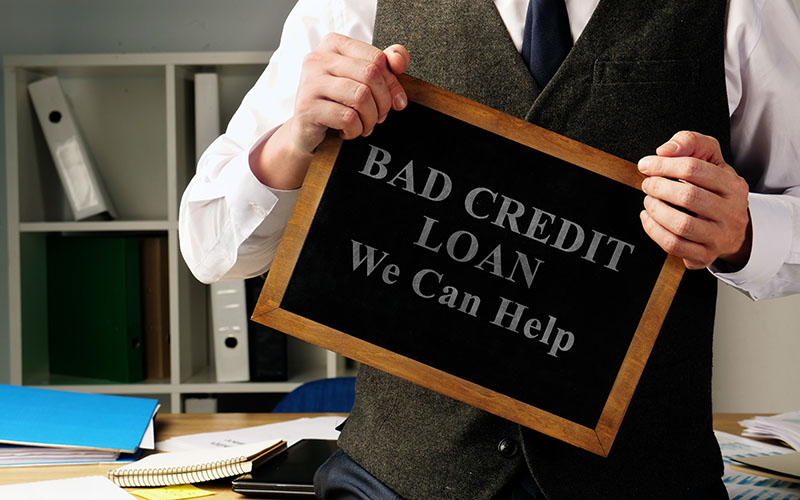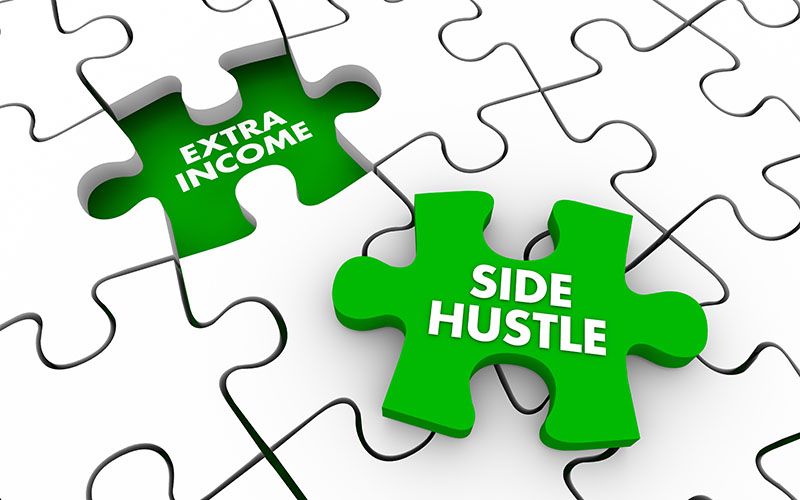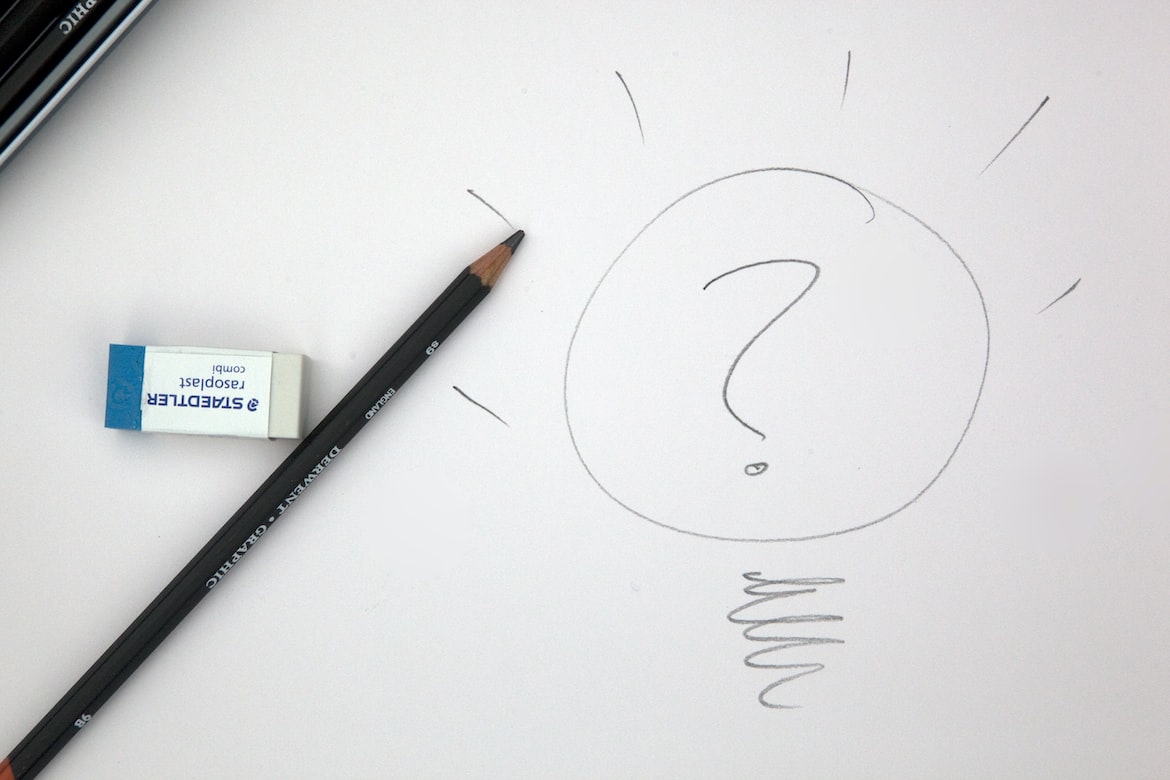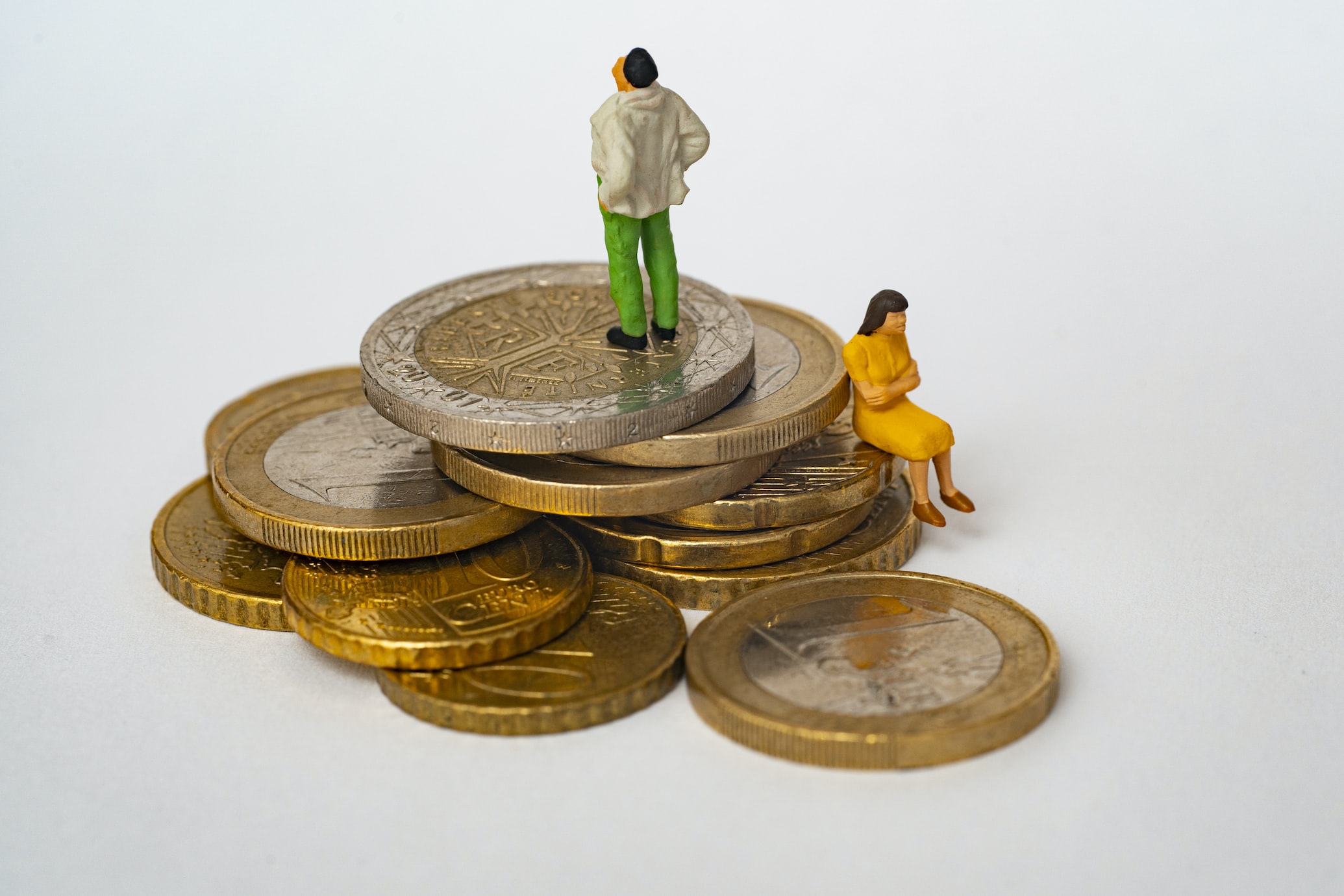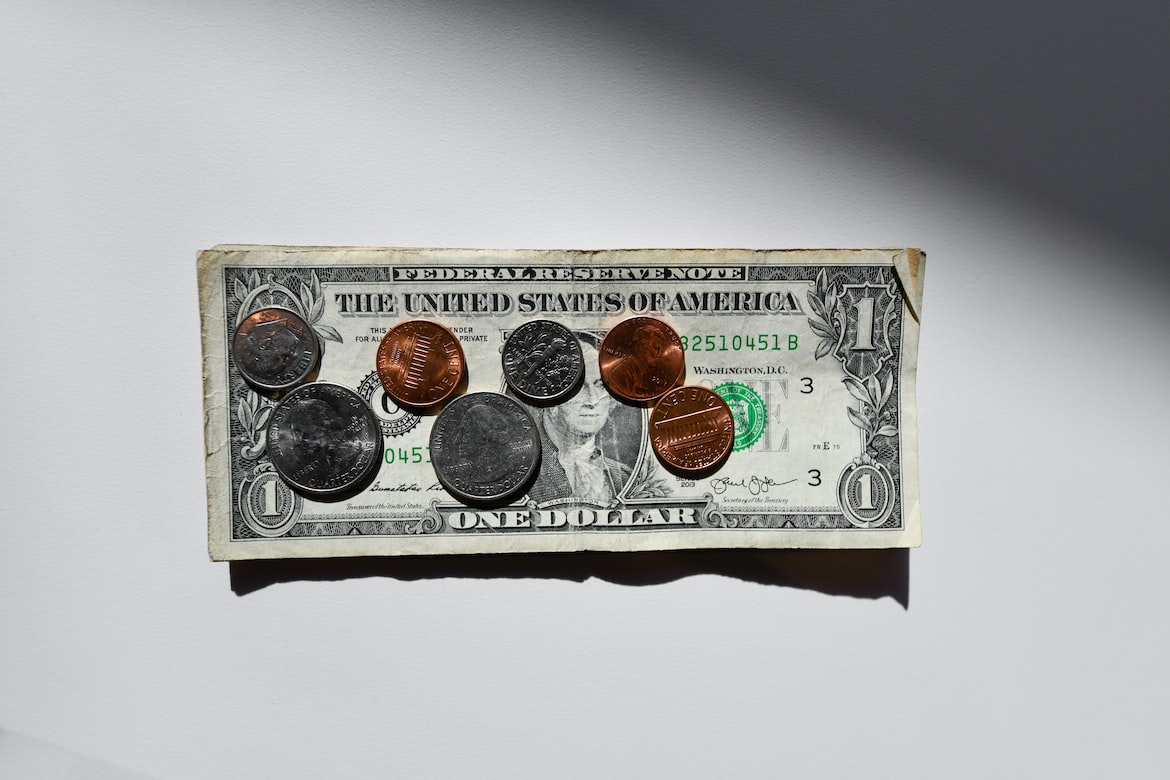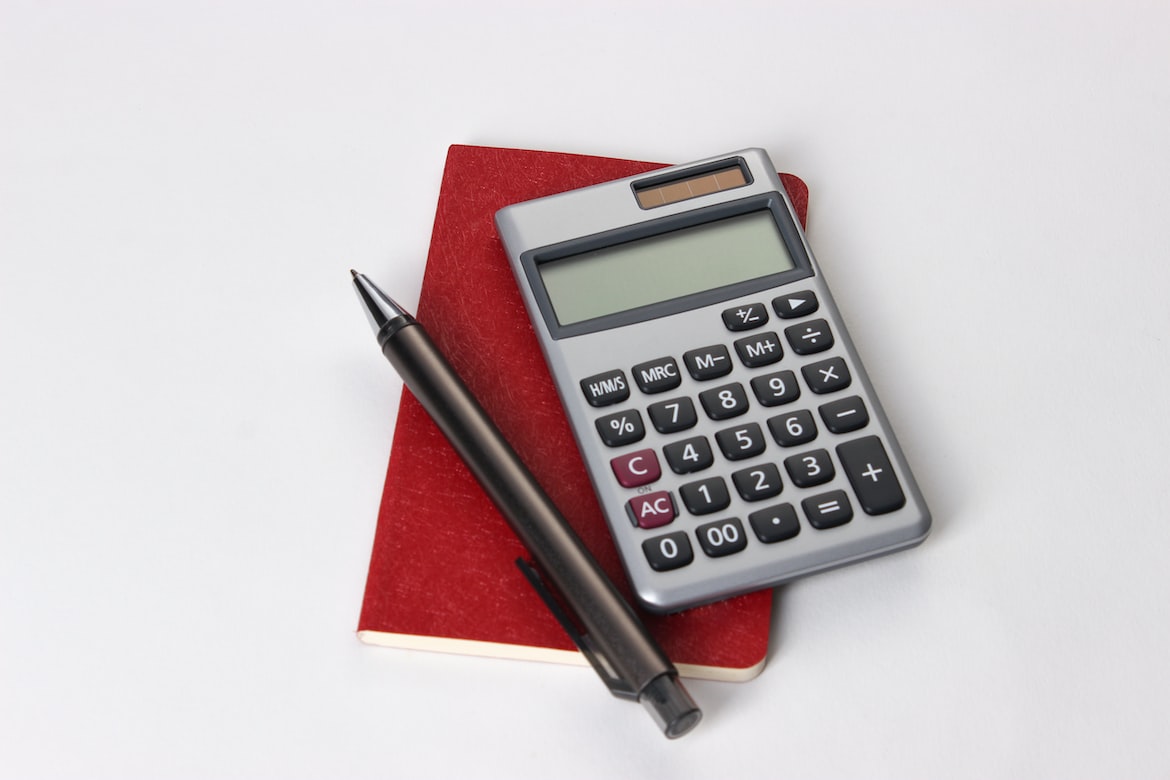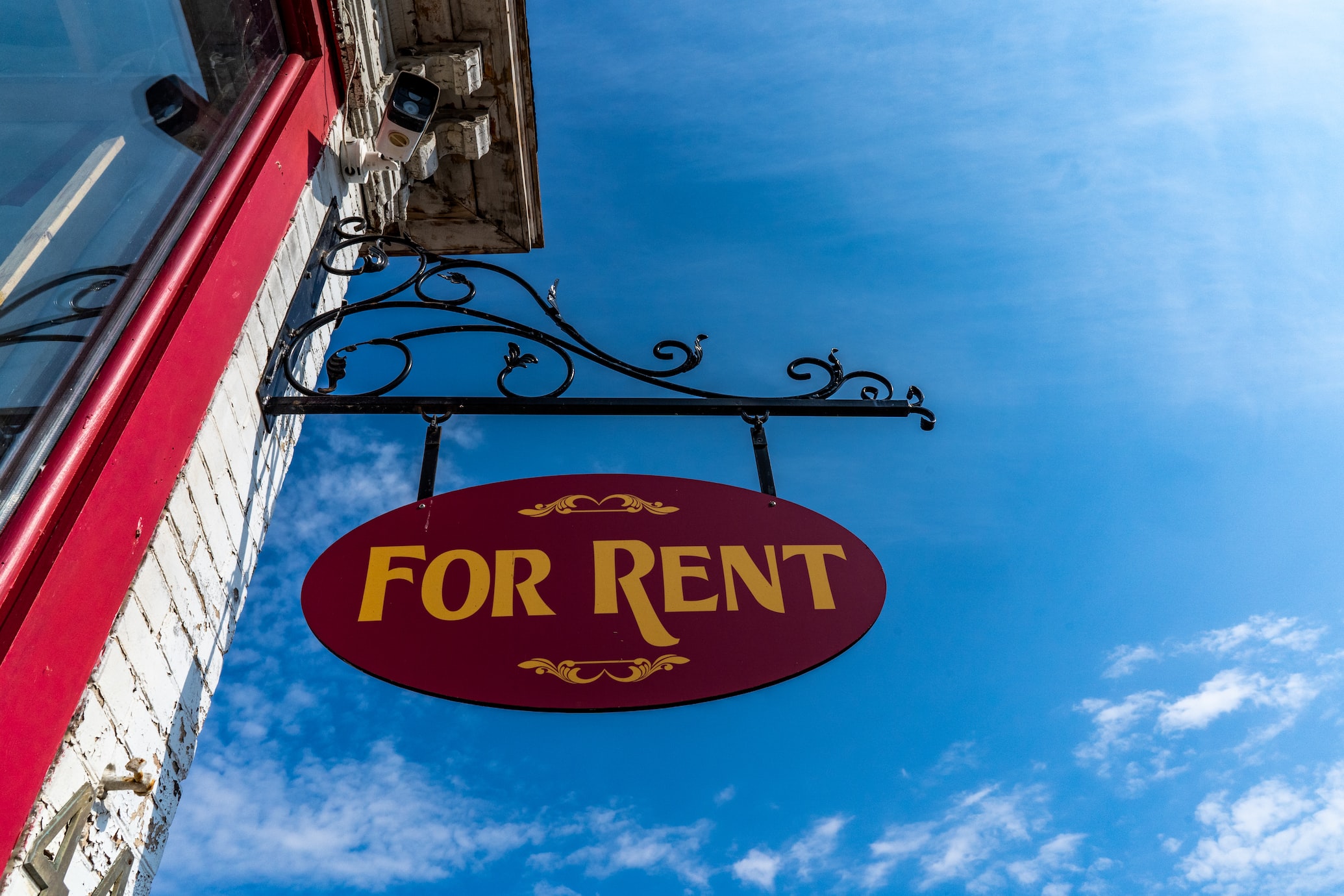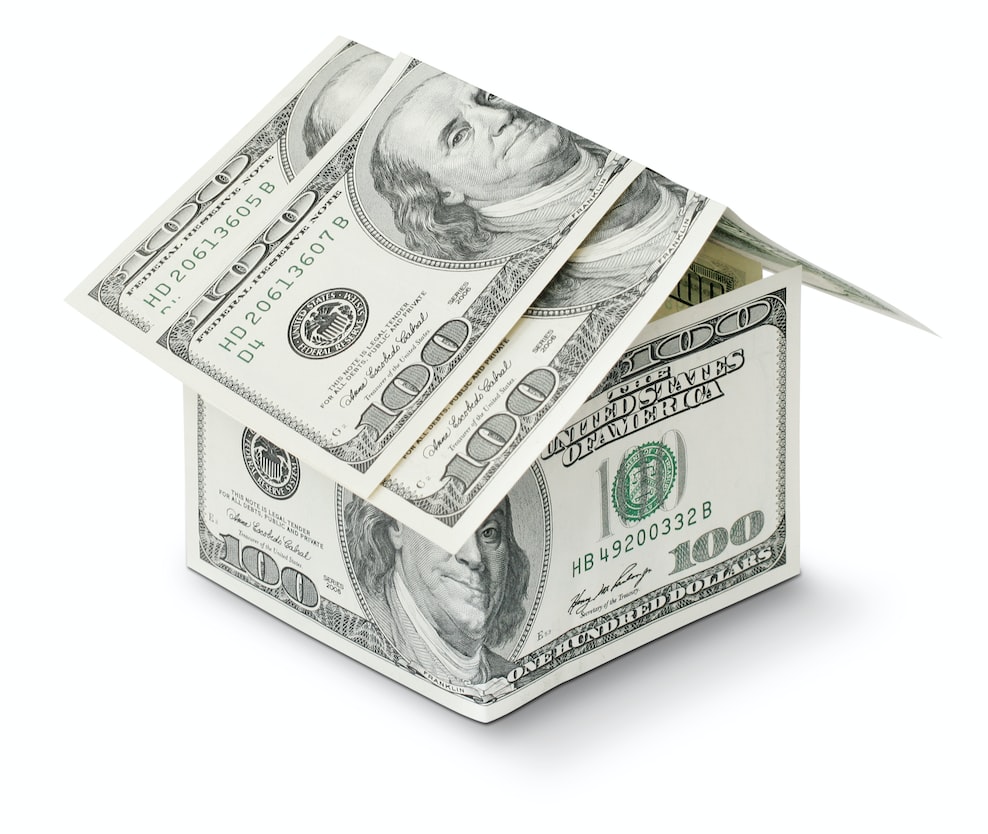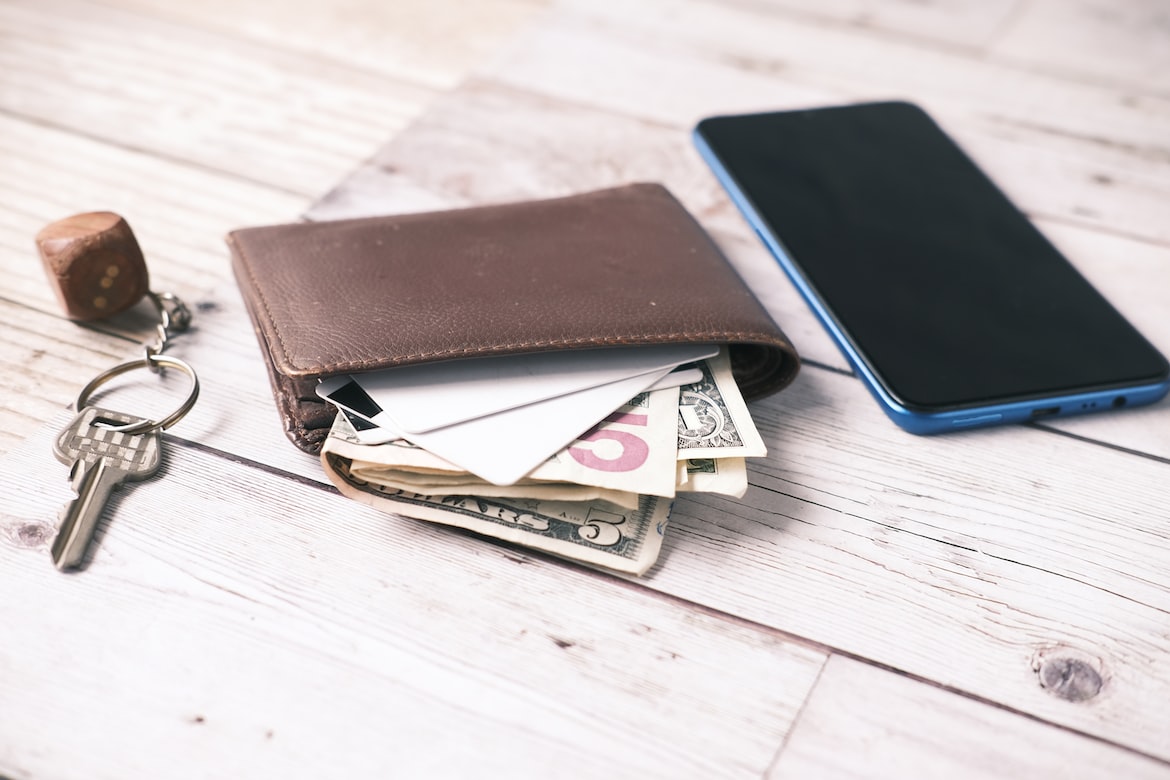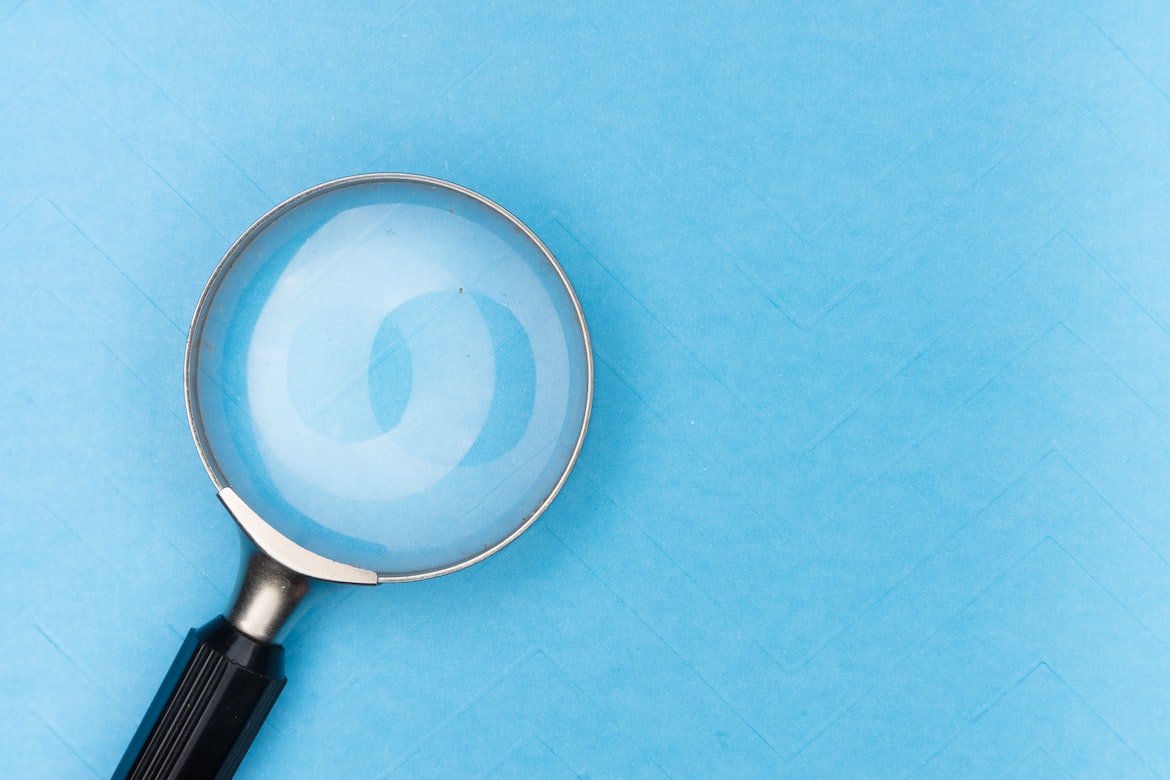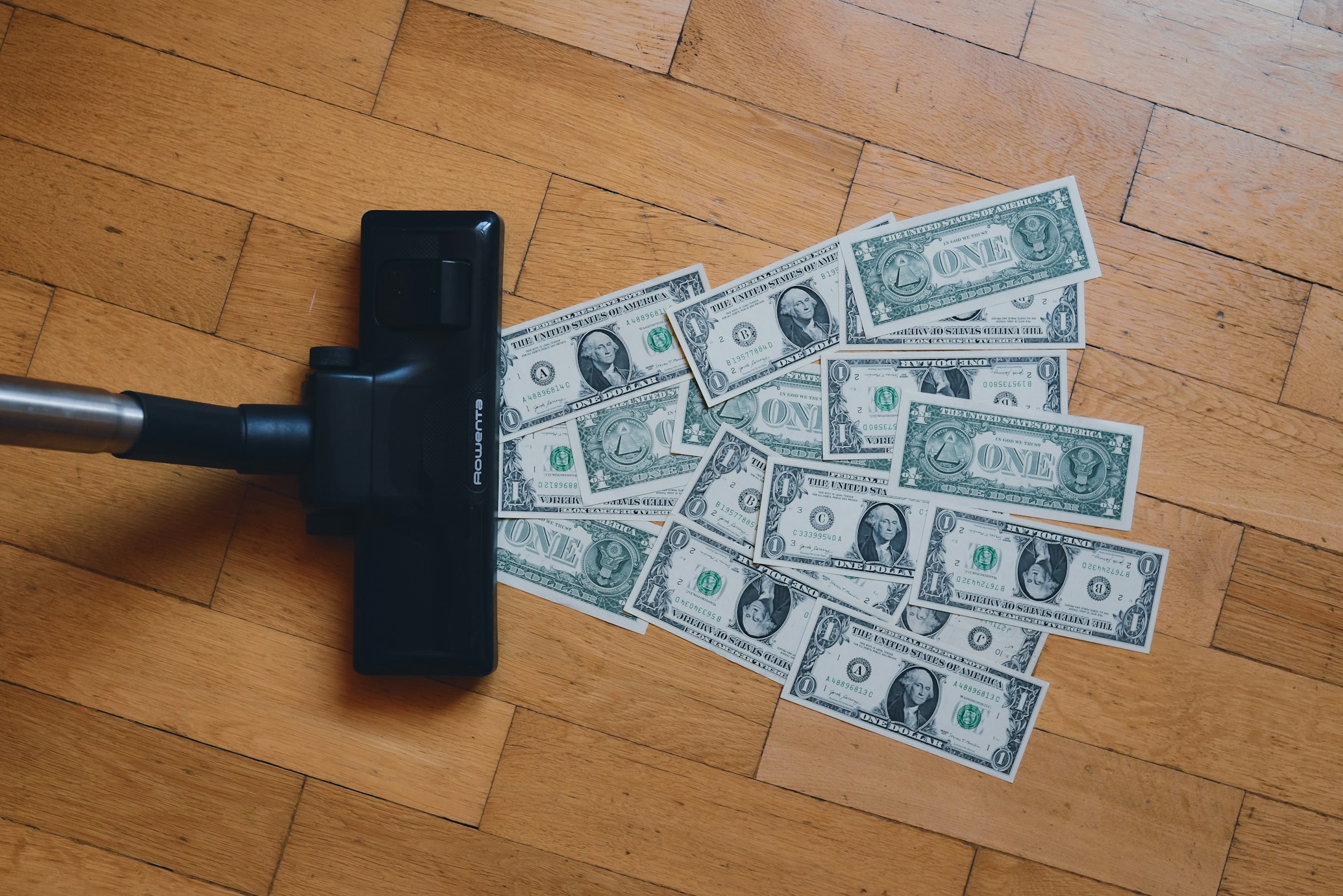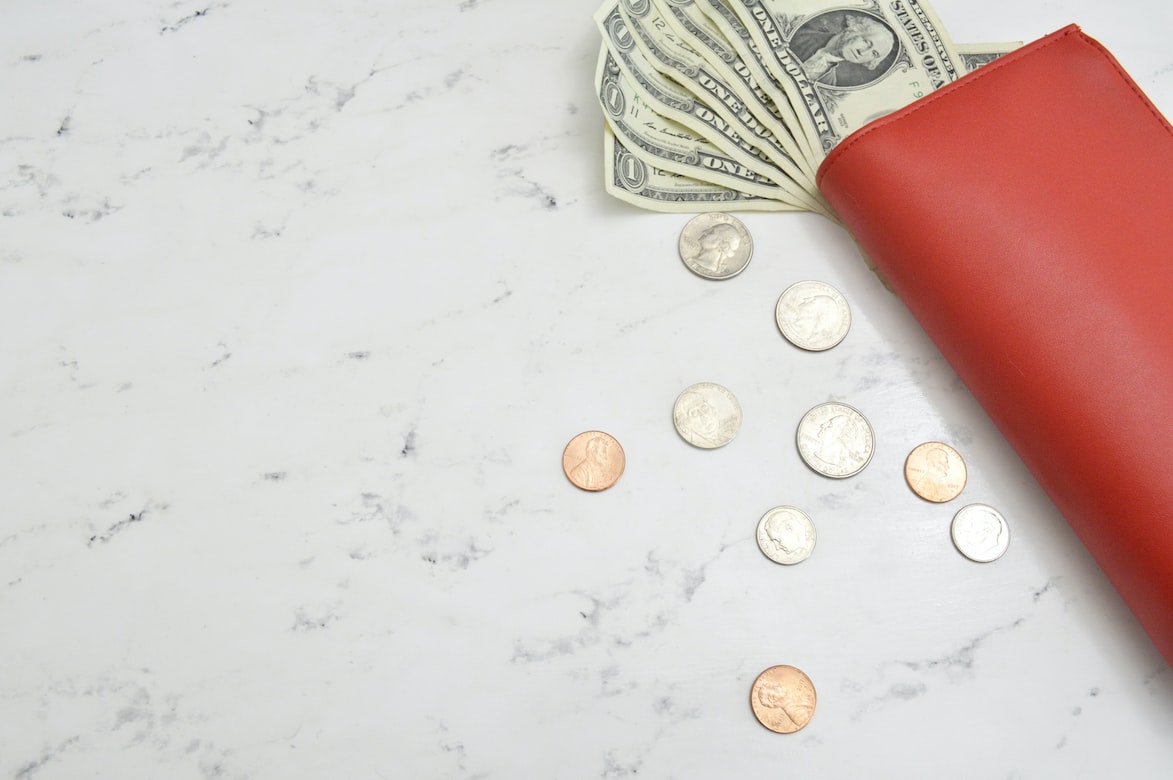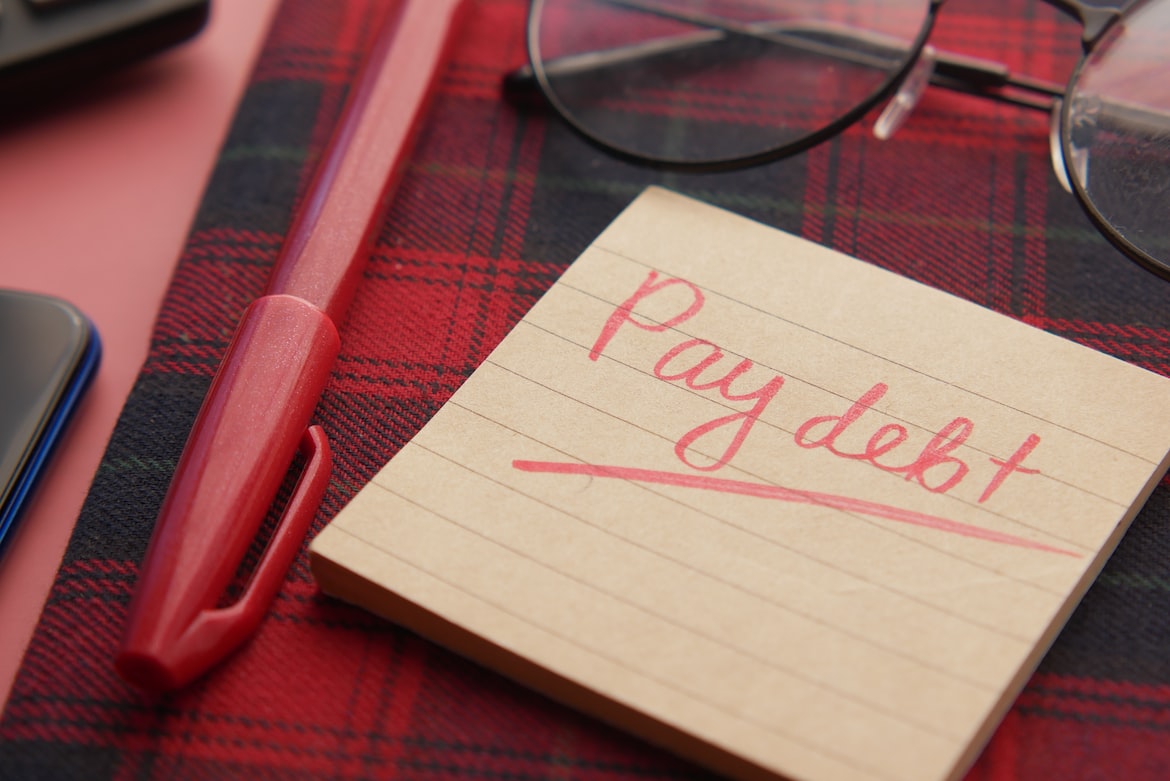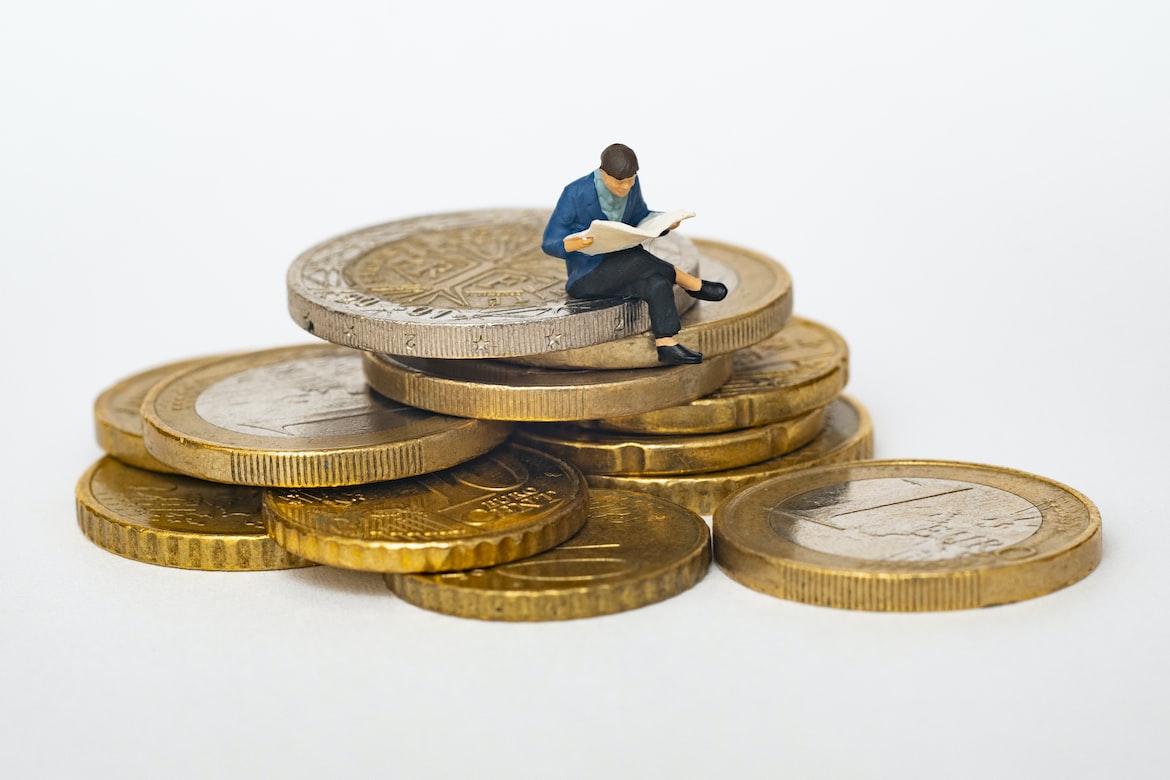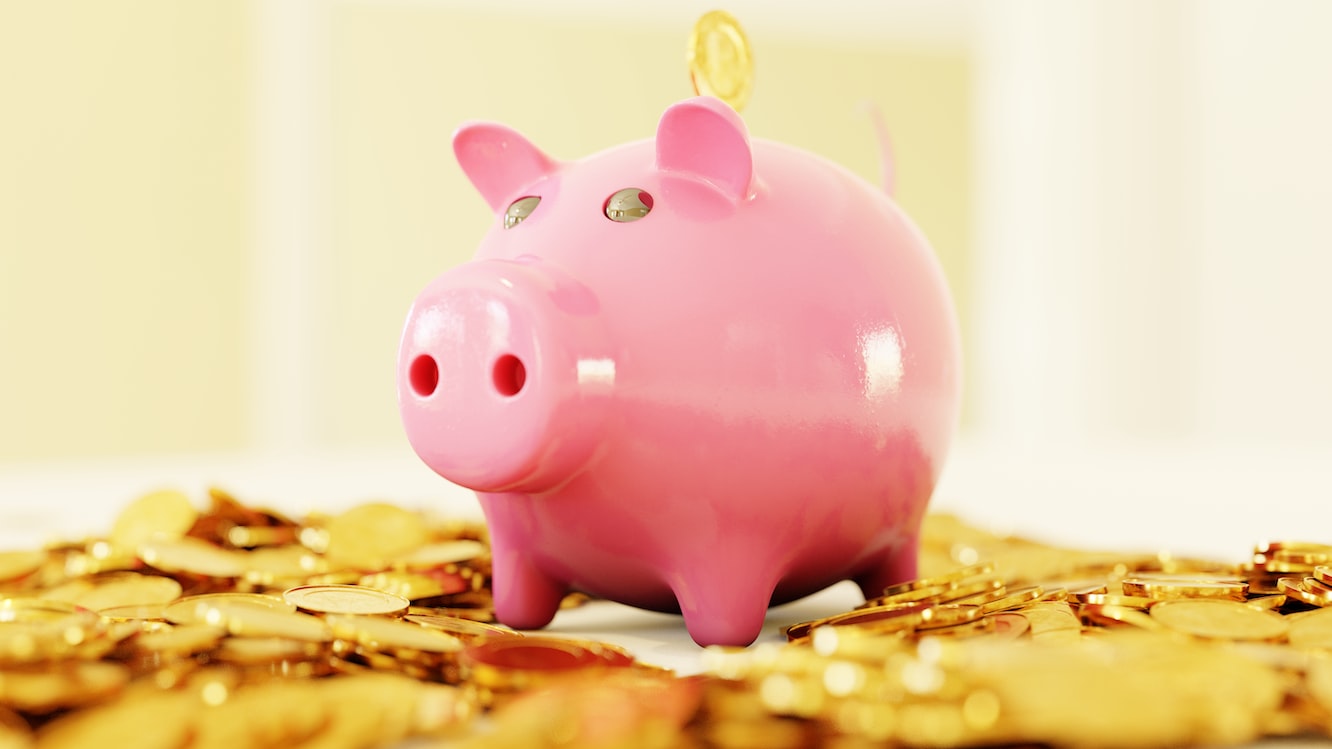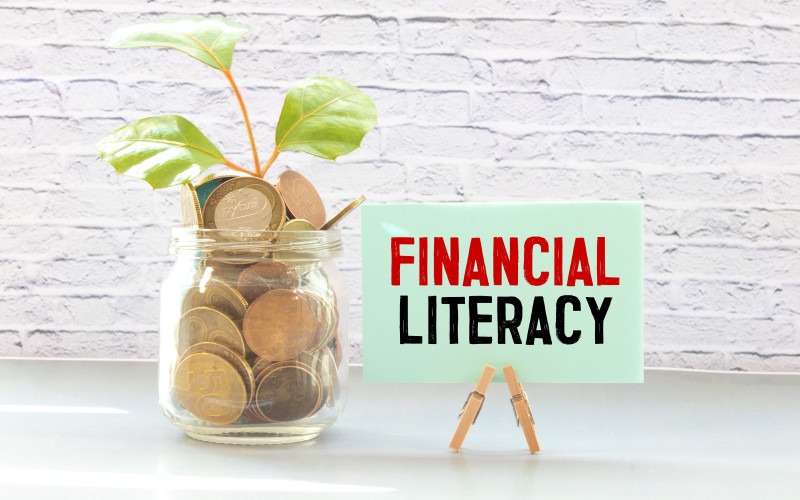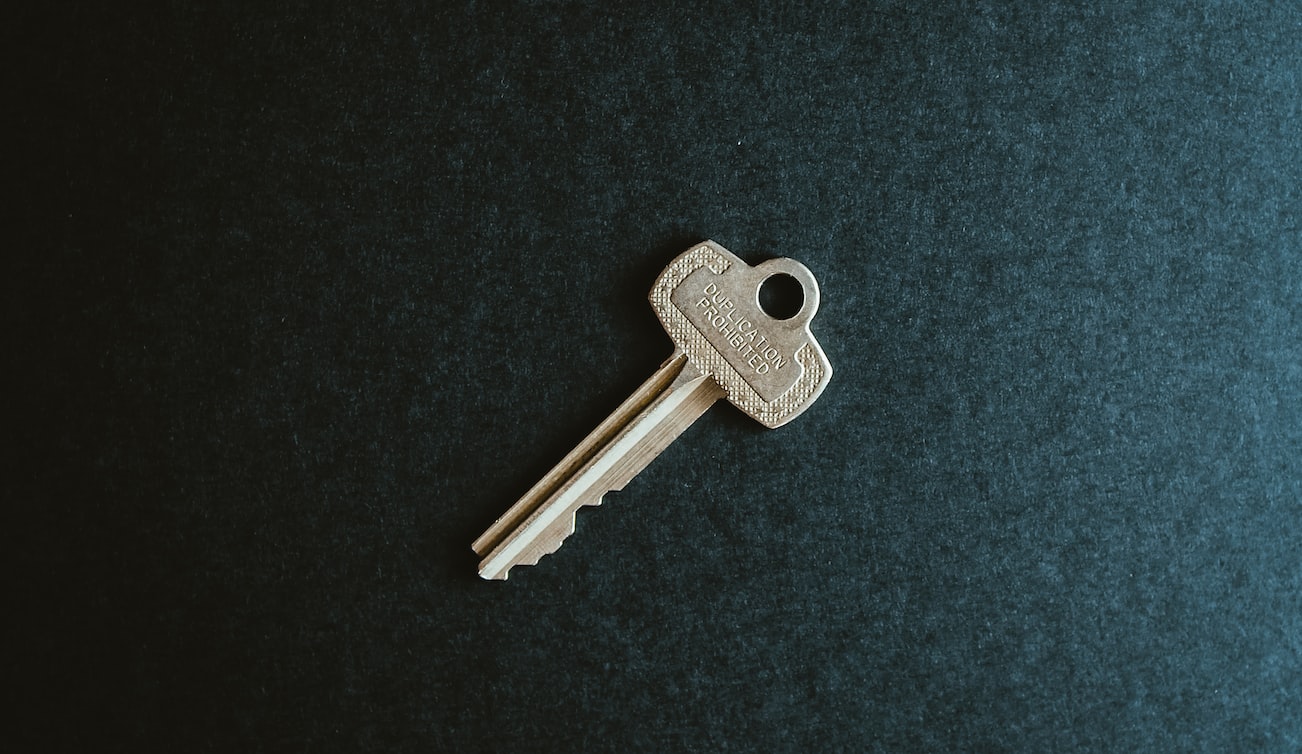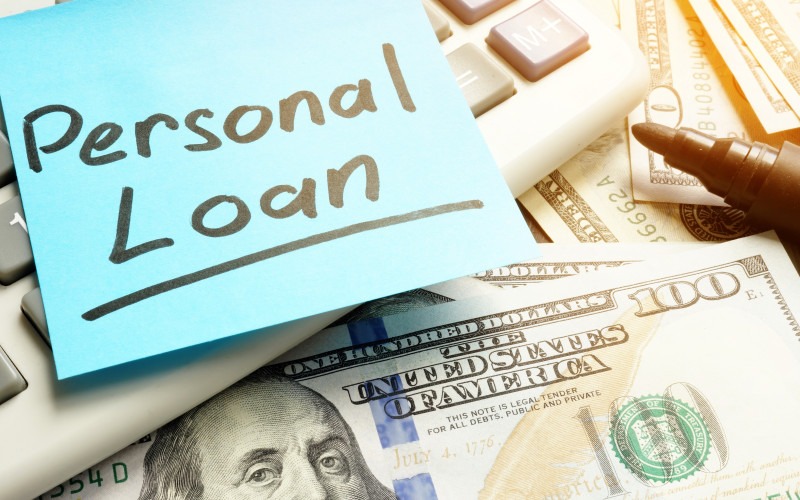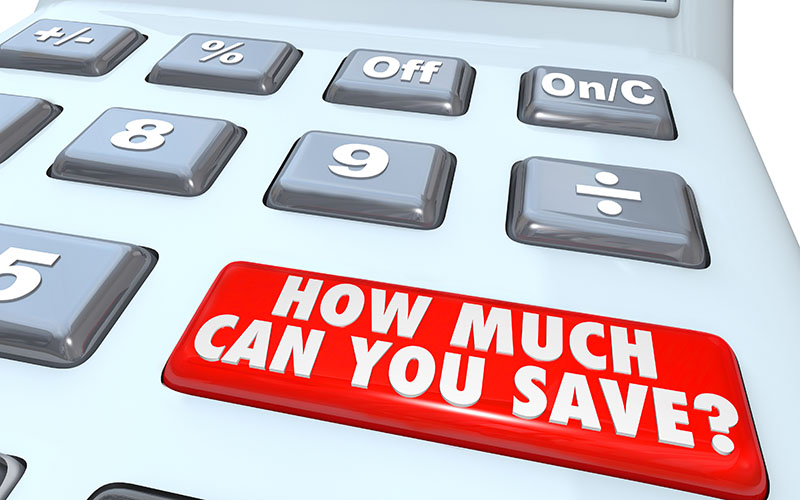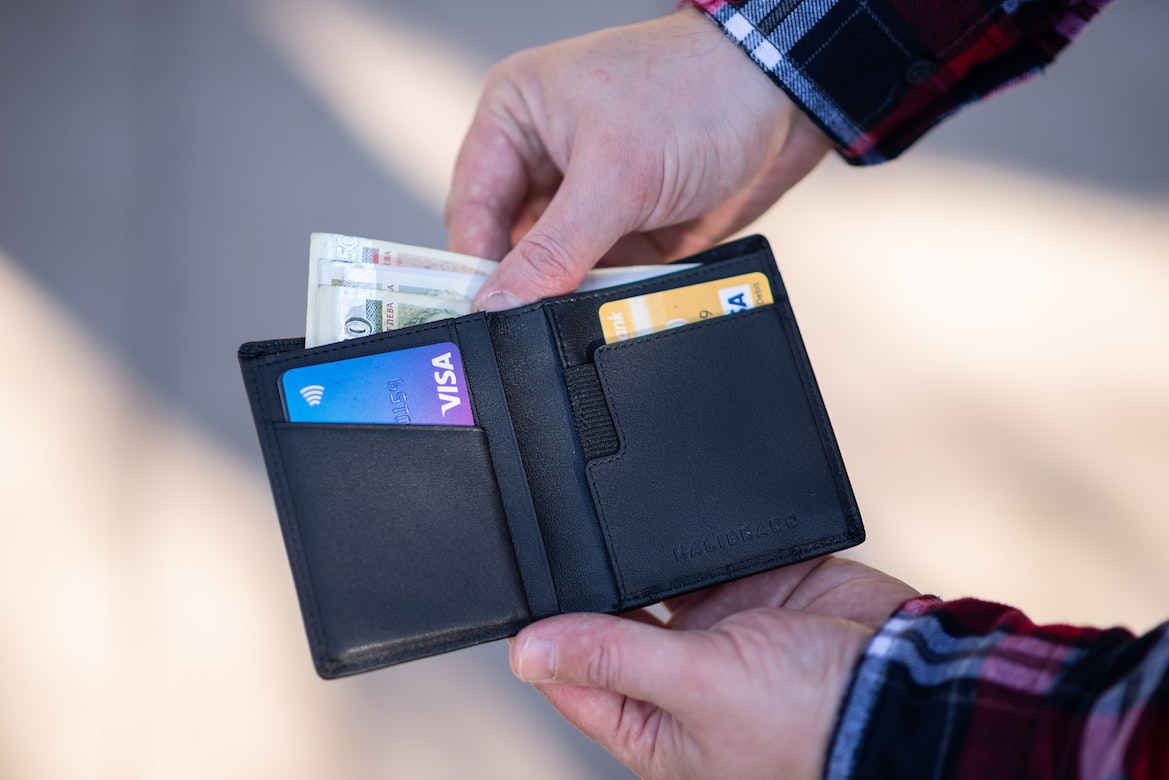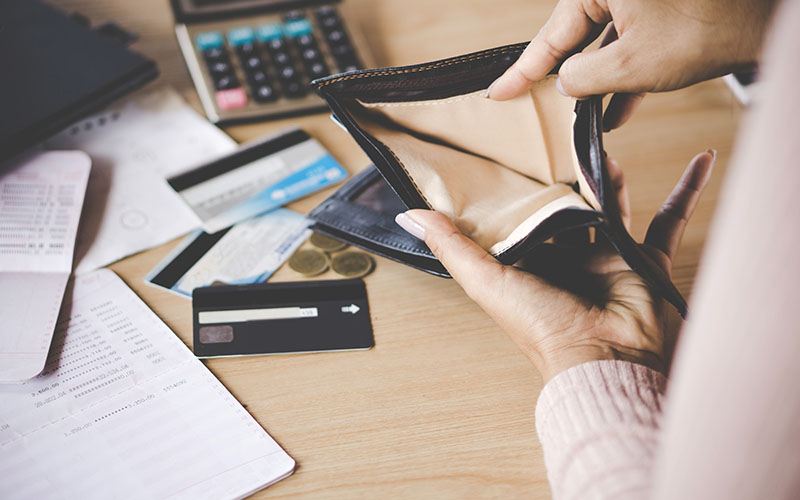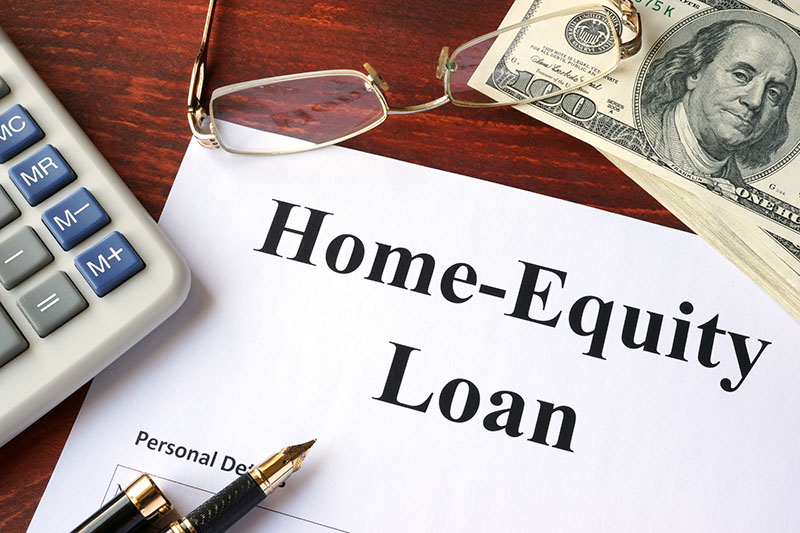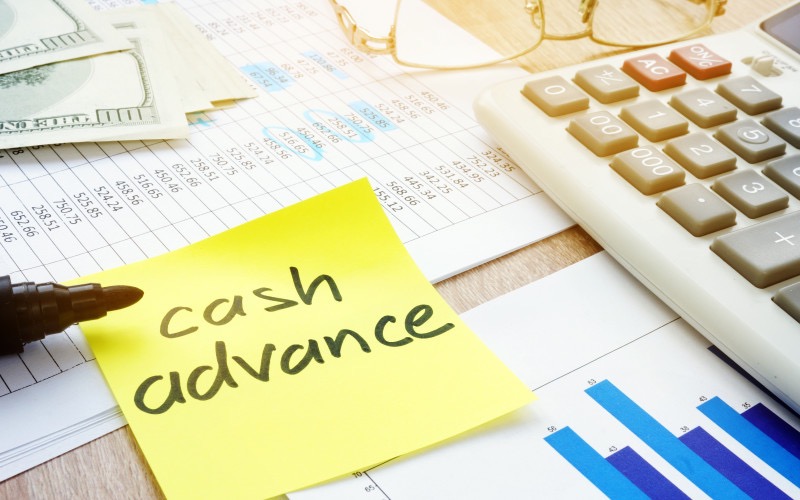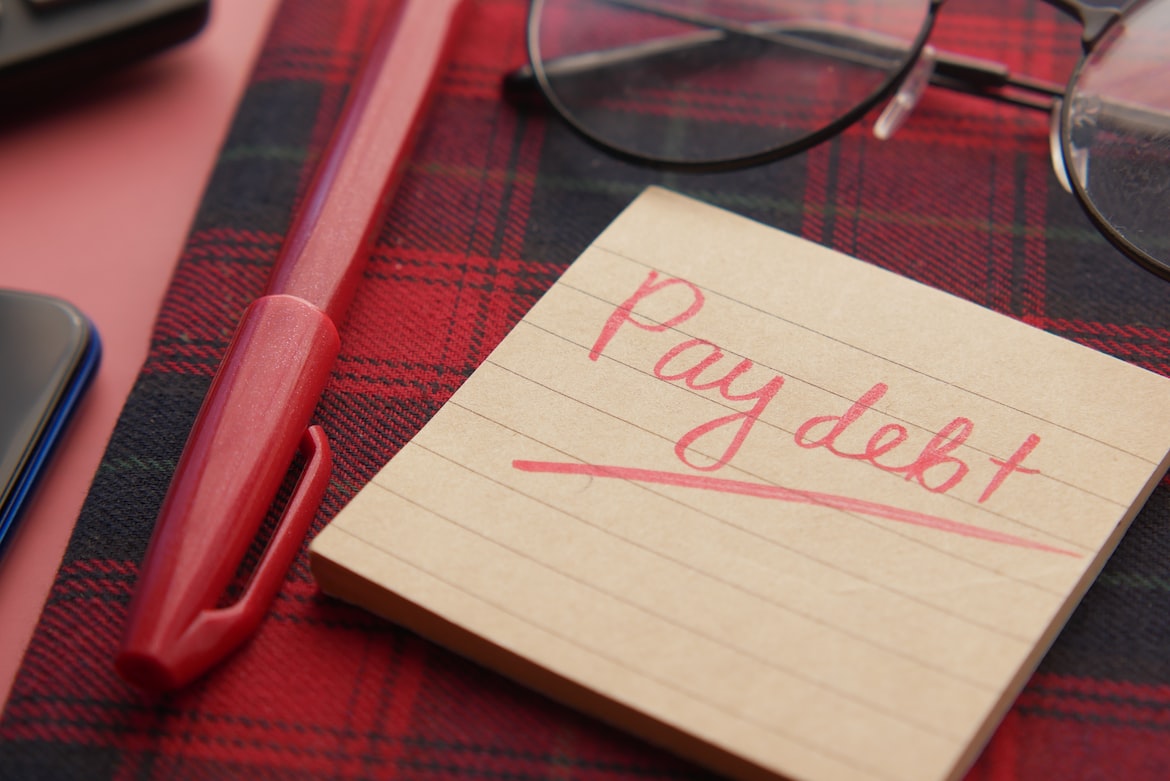Personal Loans vs. Credit Cards: What’s the Difference?
Key Takeaways
- Personal loans are best for large, one-time expenses with fixed payments, while credit cards suit smaller, everyday purchases with revolving credit
- Personal loans generally offer lower rates if you have good credit; credit cards have higher rates and more potential for costly debt
- Choose personal loans for predictable, long-term financing, and credit cards for short-term, manageable spending
- Always review terms, fees, and repayment conditions to avoid surprises and maintain healthy finances
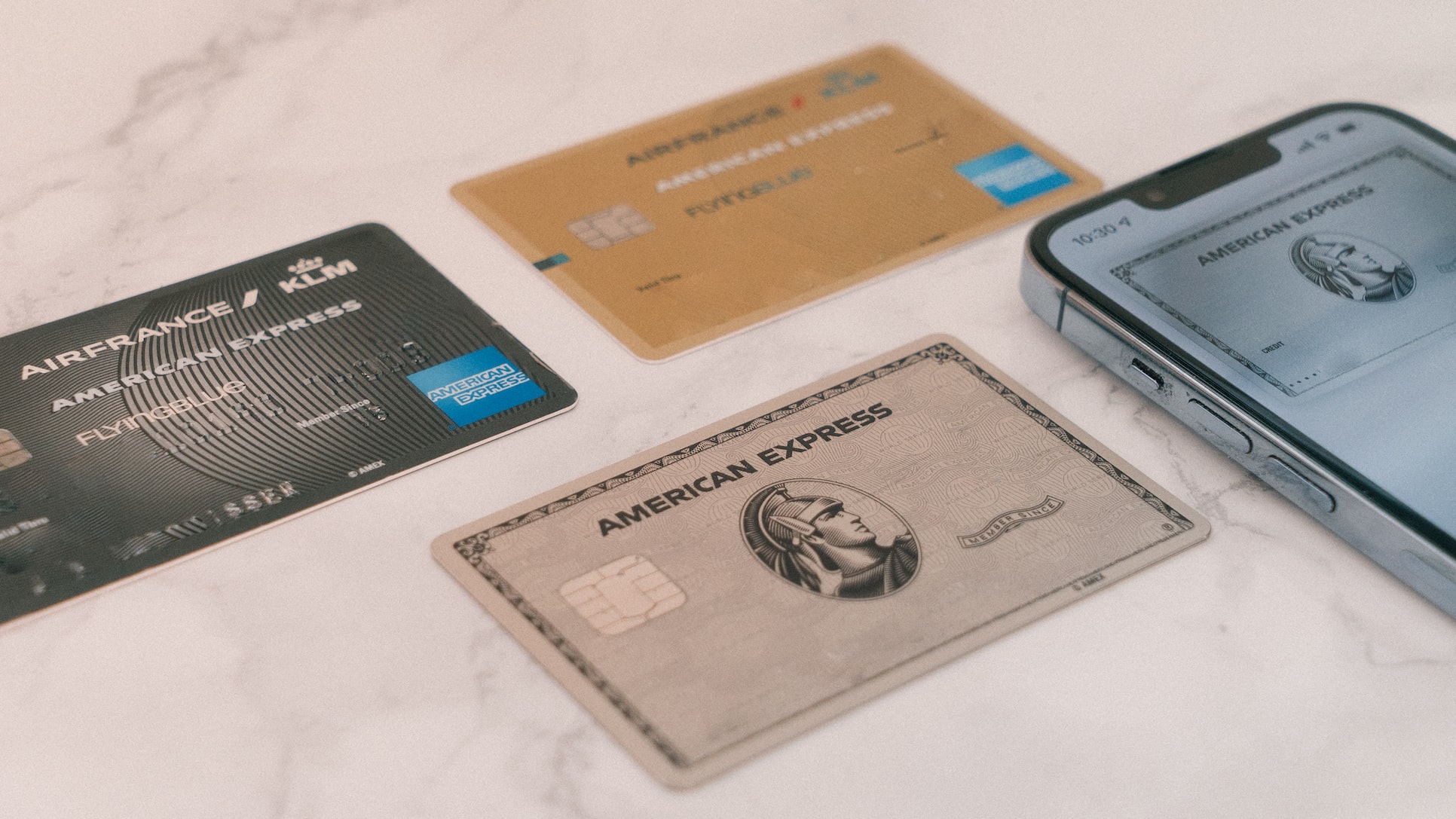
If you need to pay for something that is too expensive upfront, personal loans and credit cards are two viable financing avenues. Understanding the key characteristics of each option can help you make better informed financial decisions.
In this guide, we’ll go over the distinction between personal loans and credit cards, as well as strategies to help you decide which option is right for you.
Overview of personal loans
Personal loans can be used for a variety of different purposes. Most personal loans are unsecured installment loans, with fixed interest rates and terms. Interest rates range between 6 to 36 percent, varying greatly depending on your creditworthiness and financial standing.
You can apply for personal loans with online lenders, banks, credit unions, and other financial institutions. If your application is approved, you’ll receive a lump sum of loan funds in your bank account for flexible use.
Common reasons people take out personal loans include:
- Debt consolidation
- Home improvement
- Vehicle repairs
- Medical bills
Looking for a personal loan? Here are our top lenders.
Overview of credit cards
A credit card allows you to buy goods and services using credit. Each month, you are required to at least pay the minimum payment of the balance. Interest accrues on the balance. In general, new credit card annual percentage rates (APRs) range from 20 to 30 percent.
The most popular credit cards include:
- Visa
- American Express
- MasterCard
- Chase
- Capital One

Key differences
Interest rates
Personal loan: Ranges from 6 to 36 percent interest rate. The interest rate you get depends on your creditworthiness and financial stability. The better your credit, the lower the interest rate you can obtain.
Credit card: Ranges from 20 to 30 percent interest rate. Credit card issuers may offer promotional rates that are lower for a specified duration of time.
Fixed amount vs. revolving credit
Personal loan: A fixed lump sum of funds you receive from a loan provider. If you need more money, you generally need to submit another loan application to obtain a new loan. Can help finance major purchases.
Credit card: A revolving line of credit that you can access continuously up to your credit limit. Better suited for smaller, everyday purchases. Not suitable for major purchases with balances that take time to pay off.
Loan term
Personal loan: Personal loans come with a designated loan tenure, also known as the repayment period. Loan tenures can range between a few months to seven years depending on your needs and eligibility. This gives you an ample amount of time to pay off the debt, which is particularly useful for debt consolidation and large transactions.
Credit card: The revolving line of credit of credit cards means you have ongoing access to your credit card. You can keep using your card and paying down the balance over time. The continuous availability of a credit card (up to the total credit limit) makes it a convenient choice for smaller transactions.
Usage scope
Personal loan: The lump sum nature of personal loans and high flexibility means you can use the funds for a wide variety of needs and goals. There are some common limitations to a personal loan. For example, you likely cannot use the loan as a down payment for a home, college tuition, and business investments.
Loan amounts vary from $1,000 to $100,000. If you have good to excellent credit, it becomes much easier to qualify for loans with high maximum loan amounts. Personal loans that are secured by collateral can also grant you greater loan funds.
Credit card: Credit cards are accepted by a majority of merchants. You can use them for almost any type of transaction, making them perfect for on-the-go, everyday purchases. However, you can only use as much credit as is permitted by your credit card issuer. If you have a new credit account or poor credit history, the credit limit may be around $500.
If you have good credit history and have chosen an “elite” or “special” credit card, you can even get a high credit limit up to $100,000. However, these are naturally rare and difficult to obtain.
Associated fees
Both credit cards and personal loans come with numerous fees and potential penalties, making them cost more than just their interest rate. It’s important to read the fine print of each option so you’re not caught off guard by surprising charges.
Personal loan: Personal loans may have origination fees, which covers various costs when applying for the loan. Late fees are applicable if you make monthly payments after the designated grace period.
Credit card: Credit cards may have annual fees unless you have secured a 0-annual-fee card. If you tap your line of credit to obtain cash, you’ll need to pay a cash advance fee.
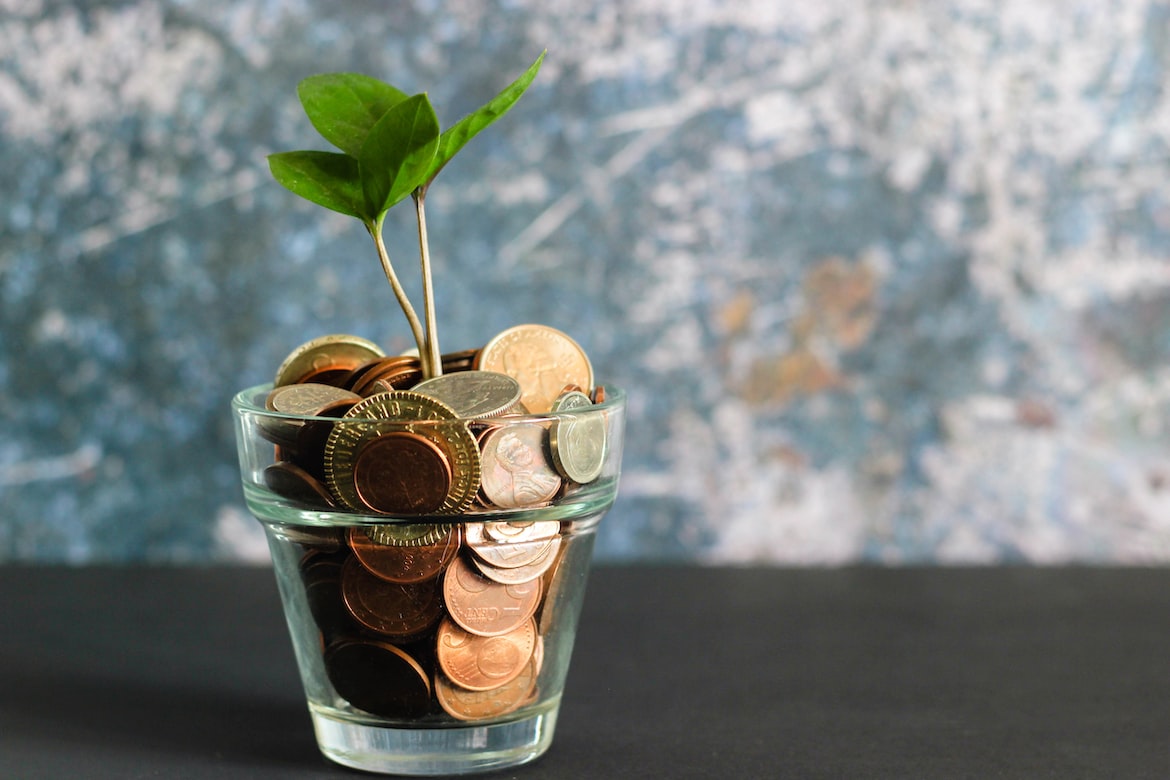
Advantages of personal loans
Potentially lower interest rates for qualified borrowers
For borrowers with good to excellent credit scores, personal loans can be a great way to obtain funding with low interest rates. The higher your credit score, the more favorable the rates and terms you can receive in a loan offer.
There are two main types of credit scores: FICO and VantageScore. Both are three-digit scores ranging from 300 to 850. A FICO score above 800 is exceptional, whereas a VantageScore above 781 is excellent.
Fixed repayment terms can make budgeting easier
Personal loans have fixed repayment terms, which means you can more easily plan around the fixed installments. This predictability can make loans an attractive choice for those who want to be sure of how much debt they need to pay off each month.
Can be optimal for large, one-time expenses
[Personal loans] can be the ideal way to finance major expenses such as emergency bills, weddings, home improvement projects, and debt consolidation. You can use the lump sum received from a personal loan to quickly pay off the large, one-time expense.
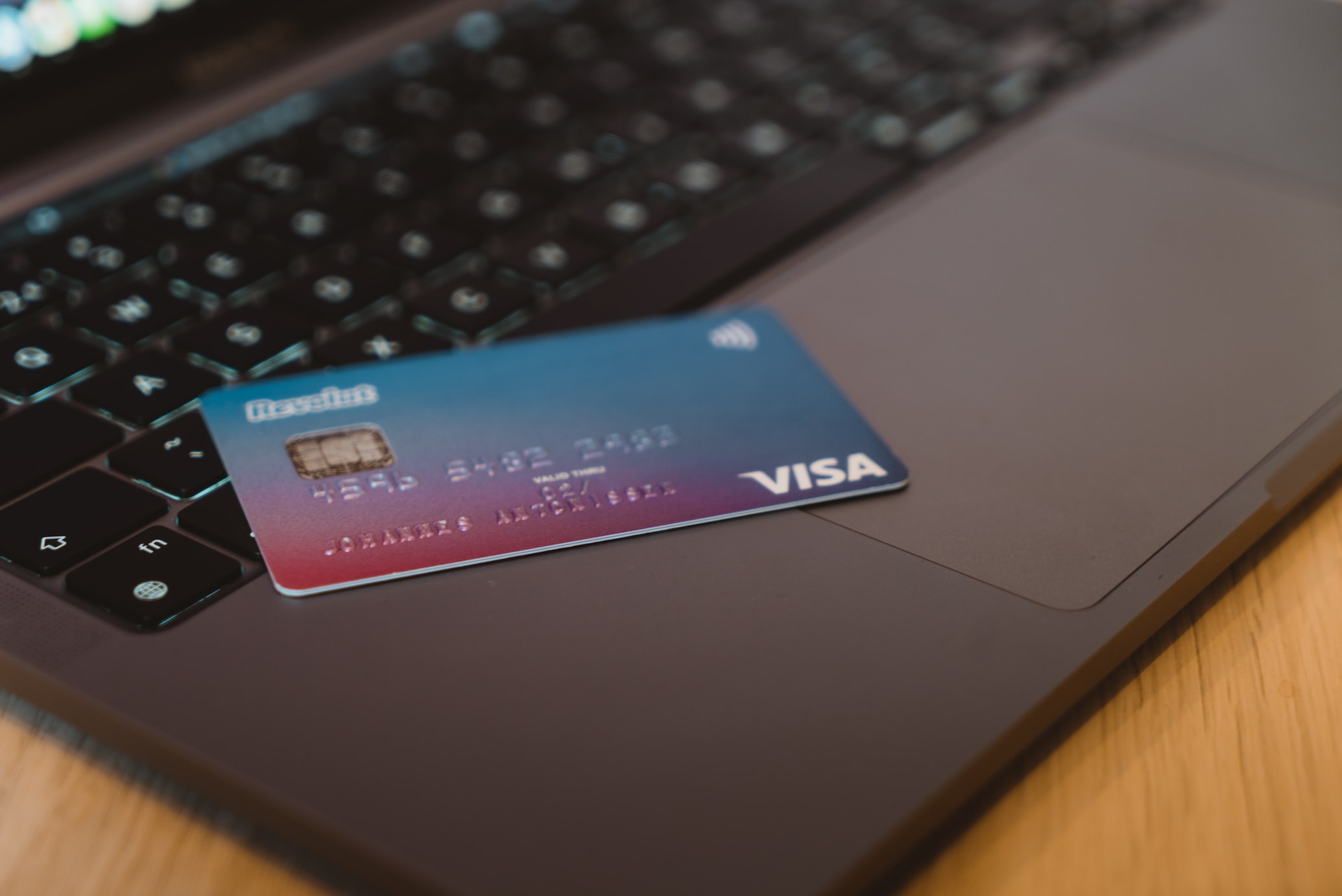
Advantages of credit cards
Convenience for day-to-day expenses
Credit cards can be easily carried with you as you do everyday shopping, such as for groceries. They are widely accepted by merchants everywhere. In addition, credit cards can be used online. Instead of needing to carry cash with you or count the money necessary for each expense, all you need to do is swipe your credit card.
Rewards, points, and other benefits
Many credit card issuers offer benefits to their cardholders. Loyalty programs, rewards, and points are common benefits to sticking with a credit card issuer in the long term.
Potential for promotional 0% APR offers
If you apply for a new credit card, keep an eye out for 0% promotional APR offers. These can help you save money.
Build credit history with consistent use and payment
If you’re a credit cardholder, you can use the credit card account as an opportunity to build a lengthy and solid credit history. One strategy to implement for credit-building is to keep the card balance as low as you can while still actively using the card. You may want to make numerous payments each month instead of just the minimum required payment. That way, you can maintain a low credit utilization ratio while showing you can effectively manage debt.
Disadvantages of personal loans
Origination fees
Applying for a personal loan may come with an origination fee and other application fees. These fees can be either a fixed cost or a percentage of your loan amount. If you’re concerned about the additional upfront costs of taking out a personal loan, you might want to only apply with loan providers without origination fees.
Prepayment penalties
A prepayment penalty refers to the extra fee you may be charged if you try to pay off a loan early. The prepayment penalty is usually either a fixed fee or a percentage of your outstanding balance.
Debt obligation with fixed installments each month
Having a personal loan means you will need to make the fixed installment every month for loan repayment. If you fail to pay the installment, you can incur late fees and penalties. Your credit score will dip, which can result in a long-lasting, negative credit and financial impact.
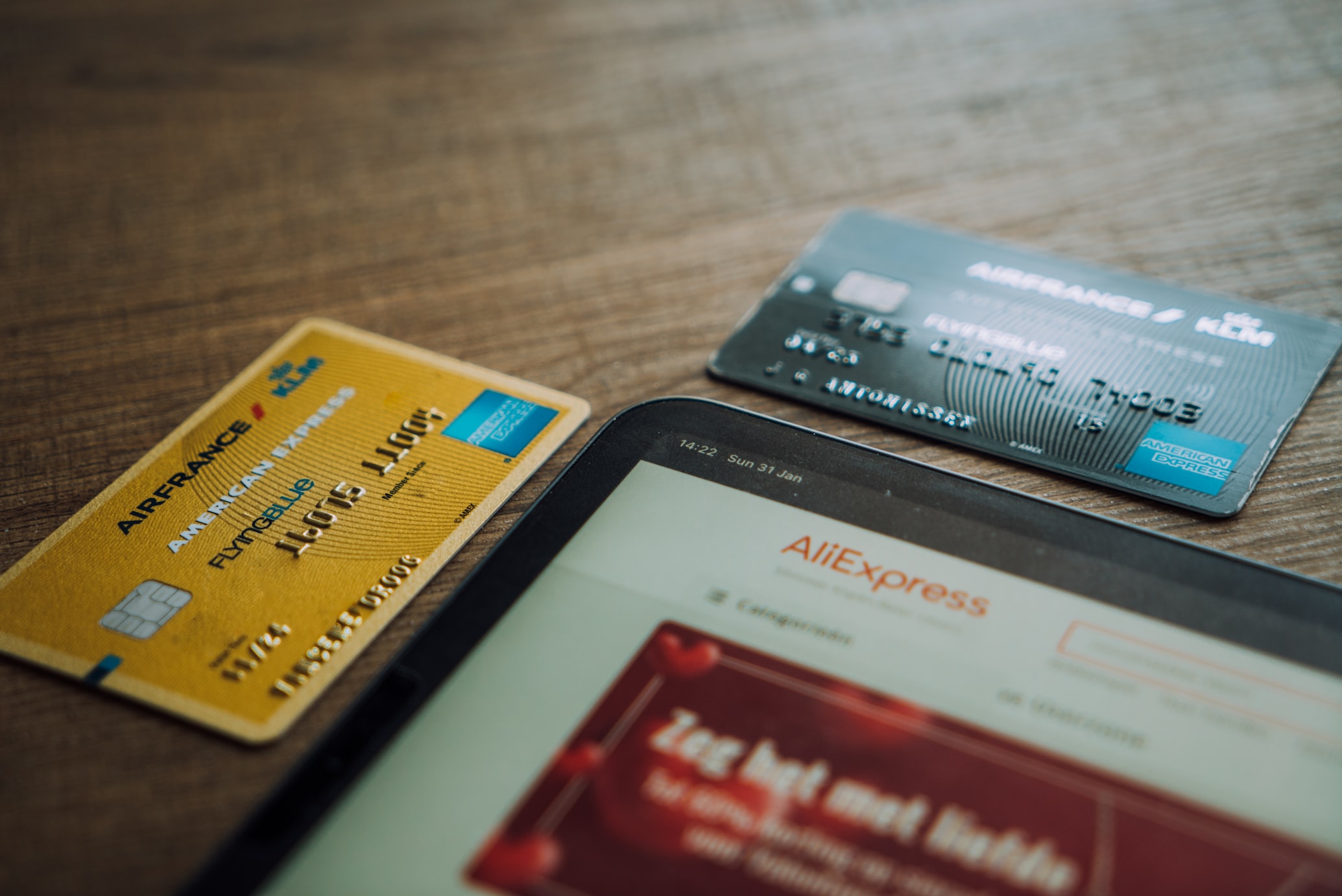
Disadvantages of credit cards
Higher interest rates, especially for cash advances
Credit cards have high interest rates, making them a generally poor choice for large purchases.
In addition, if you want to make a cash advance with a credit card, it can be expensive. The cash advance fee is typically 3 to 5 percent of the requested amount. The more cash you need to draw from a line of credit, the more costly it will be.
Risk of accumulating high-interest debt
If you fail to pay off or at least reduce your credit card balance in a timely manner, it is easy to fall into high-interest credit card debt. While there are various ways to deal with credit card debt, it is often a challenging endeavor due to the higher interest rates. You might need to create a balance transfer card or take out a loan to pay off the high credit card balance.
Potential for overspending
With how convenient it is to use a credit card for your purchases, it has become easy for credit cardholders to overspend. People end up using more money than they actually have in their bank account or paychecks. This overspending can lead to credit card debt and impulsively buying goods and services that you actually don’t need.
Which option is right for you?
Here are the key factors to consider when deciding what financing strategy is better for you.
Your financial goals: short-term vs. long-term
For short-term needs, a credit card may be the way to go. You can quickly pay the bill and deal with the credit card balance in the short term. However, personal loans are generally better for long-term financial goals such as a wedding. You can take the time to increase your savings and more comfortably repay the debt, while not delaying your goals and dreams due to financial limitations and credit concerns.
The nature of the expense
Personal loans can be useful for large expenses that come with a high upfront cost you cannot otherwise afford. Loans are often preferred for medical bills, debt consolidation, home renovations, weddings, and other needs.
On the other hand, credit cards are more suitable for daily spending. For those facing multiple smaller purchases, it is often preferred to use a credit card since it would take longer to apply for a loan.
Your credit score and potential interest rates
If you have a good to excellent credit score, you might want to opt for a personal loan. The interest rates would likely be much lower than if you used your credit card. Even if you have a good credit score, it mainly improves the credit limit of your credit card and not your interest rate.
Tips for financial planning
Understanding the terms and conditions
Look at not just the interest rate of a loan or credit card. Consider the fees and the annual percentage rate (APR), which is a more comprehensive rate showing the annual cost. Read the fine print so you’re fully aware of any agreements to which you’re binding yourself.
Regularly monitoring usage and outstanding balances
Keeping an eye on your installment loan and revolving credit balances can help you better prioritize debts with high interest and manage your financial obligations.
Prompt payments to avoid late fees and interest accumulation
Set reminders or automatic payments so you don’t miss any monthly payments. It is important to budget for the fixed loan installment and/or the minimum required payment for credit cards.

Additional resources
If you’re looking for a personal loan, it’s essential to find a reputable lender. Here are a few popular loan providers to get you started with comparing loan offers.
Edited by:
Bryan Huynh
•
Product Tester & Writer

